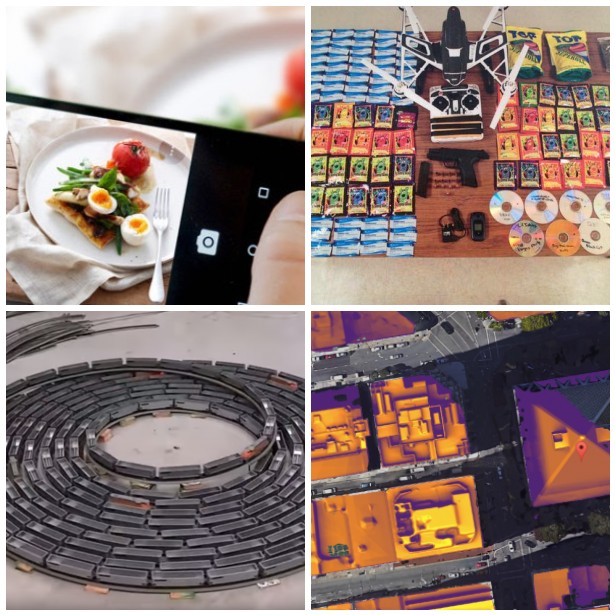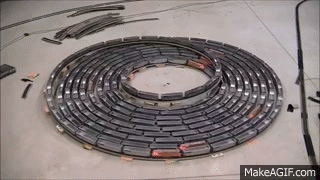Chefs Smuggle Updates off your Roof

Open Source Pixar stuff, the need for consumer vigilance; drones used to smuggle into prison; analog vs UI geekery; developments that affect energy use; and opposing suggestions for what you do with your food photographs. With Lyle, Brian and Bonnie.
Pixar Animation Studio's Universal Scene Description to be Open-Sourced
Pixar Animation Studios announced today its intent to release its Universal Scene Description software (USD) as an open-source project by summer 2016. USD addresses the ever-growing need in the CG film and game industries for an effective way to describe, assemble, interchange, and modify high-complexity virtual scenes between digital content creation tools employed by studios.
Two men arrested after trying to drop drugs, porn into prison via drone
According to Robert Thomas, a spokesman with the Maryland Department of Public Safety and Correctional Services, the two men were stopped in a car along Highway 220 near the facility.
After searching the car, Maryland State Police recovered a quadcopter, synthetic marijuana (also known as
Revealed: the first hydrogen-powered battery that will charge your Apple iPhone for a week - Telegraph
A British technology company has claimed a major smartphone breakthrough by developing an iPhone that can go a week without recharging, running instead off a built-in hydrogen fuel cell.
Intelligent Energy has made a working iPhone 6 prototype containing both a rechargeable battery and its own patented technology, which creates electricity by combining hydrogen and oxygen, producing only small amounts of water and heat as waste.
Google’s Project Sunroof
Google now lets you see if your house is a good candidate for installing solar panels. Project Sunroof, a 20 percent project by Google engineering lead Carl Elkin, shows you how much solar power your roof could generate using Google Maps and the data it has about the surroundings of your home. This means it can take into account local weather, your roof
Food Photography - Foodographs - Google experiment
Google is apparently testing a new feature in Maps for uploading food-related photos.
The feature, which is rolling out to local guides “level 3 and above” first, will apparently alert users when Maps has found a newly-captured photo taken at a food-related place on their device, and offer to attach that photo to a location for other users to see.
Germany Says Taking Photos Of Food Infringes The Chef's Copyright
Apparently, this situation goes back to a German court judgment from 2013, which widened copyright law to include the applied arts too. As a result, the threshold for copyrightability was lowered considerably, with the practical consequence that it was easier for chefs to sue those who posted photographs of their creations without permission. The Die Welt article notes that this ban can apply even to manifestly unartistic piles of food dumped unceremoniously on a plate if a restaurant owner puts up a notice refusing permission for photos to be taken of its food.


